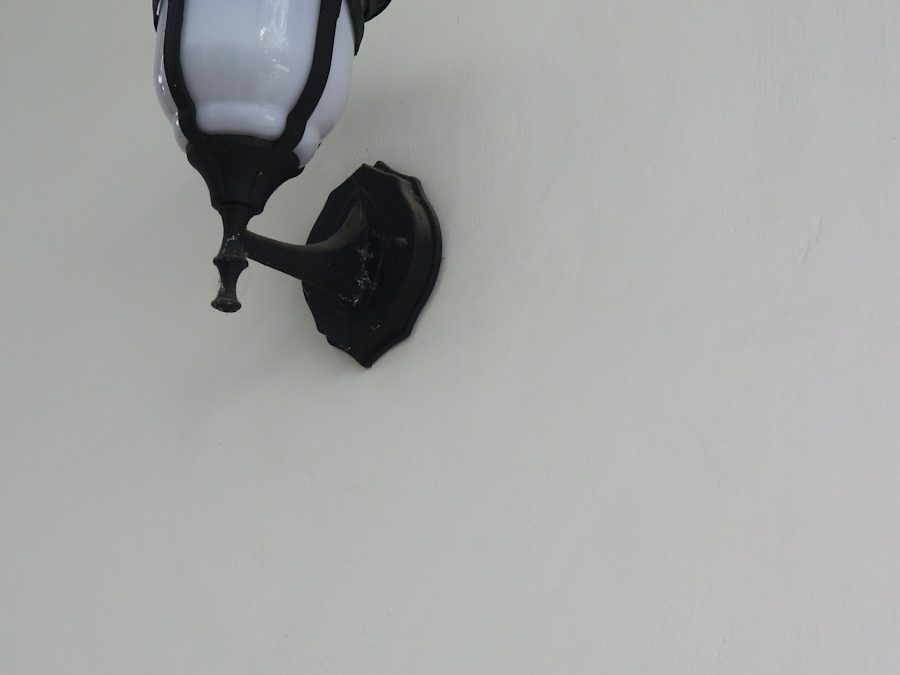Exploring Tomorrow’s Technology: Futuristic Products That Will Shape the Future
Introduction
Technology has been rapidly evolving over the past decade and it’s exciting to think about what the future holds. From robots and automation to virtual reality and augmented reality, the possibilities are endless. In this article, we will explore some of the most innovative and promising futuristic products that are set to shape the future.
Futuristic Products
1. Self-Driving Cars
The idea of cars that drive themselves has been in development for a while now, and it’s set to completely transform how we think about transportation. Self-driving cars use advanced sensors, cameras, and algorithms to navigate the roads and avoid obstacles. This technology is expected to reduce accidents, save time, and reduce congestion on the roads.
2. Augmented Reality Glasses
Augmented reality glasses allow users to view the world through a lens that overlays digital information on top of the real world. This technology has many potential applications, from gaming and entertainment to education and training. One popular example of augmented reality glasses is Google Glass, but there are many other companies working on similar technologies.
3. Virtual Assistants
Virtual assistants are artificial intelligence-powered devices that can assist with a variety of tasks, from making appointments and sending messages to performing complex calculations and managing smart home appliances. Popular virtual assistants include Apple’s Siri, Amazon’s Alexa, and Google Assistant, but many other companies are developing their own versions of this technology.
4. Smart Homes
Smart homes are houses that are equipped with connected devices and appliances that can be controlled and monitored through a central hub, such as a smartphone or voice assistant. This technology is designed to make our lives easier and more convenient, by allowing us to control everything from our thermostat to our lighting and security systems.
5. Robotics and Automation
The use of robots and automation is rapidly expanding in many industries, from manufacturing and logistics to healthcare and education. Robots are becoming increasingly sophisticated, with the ability to perform complex tasks and work alongside humans. This technology is expected to greatly increase efficiency and productivity.
Conclusion
The future of technology is both exciting and uncertain. While there are many promising products and innovations on the horizon, there are also potential risks and challenges to be addressed. However, there is no doubt that the technology we develop in the coming years will shape our society and our world in ways we cannot yet imagine.



